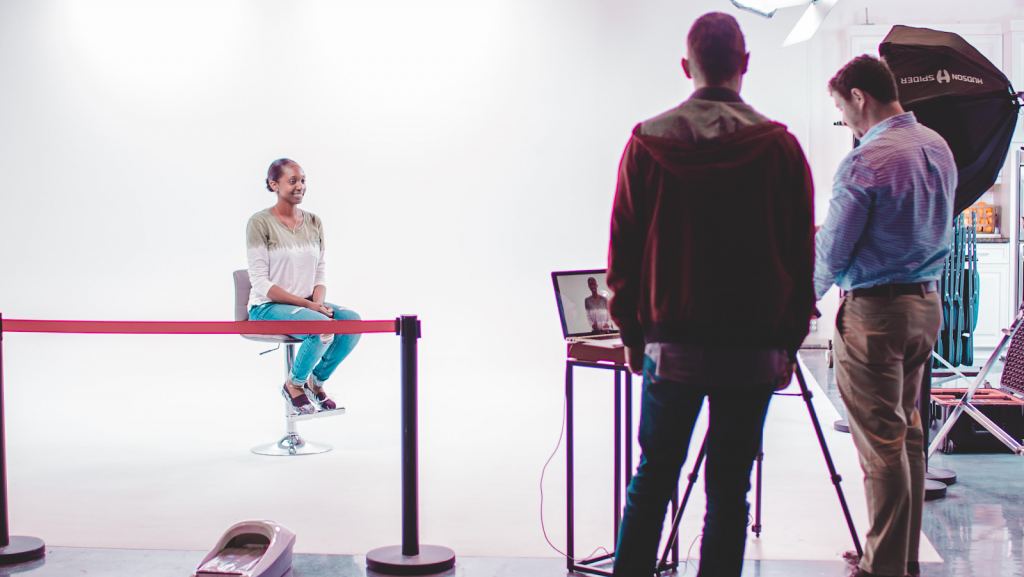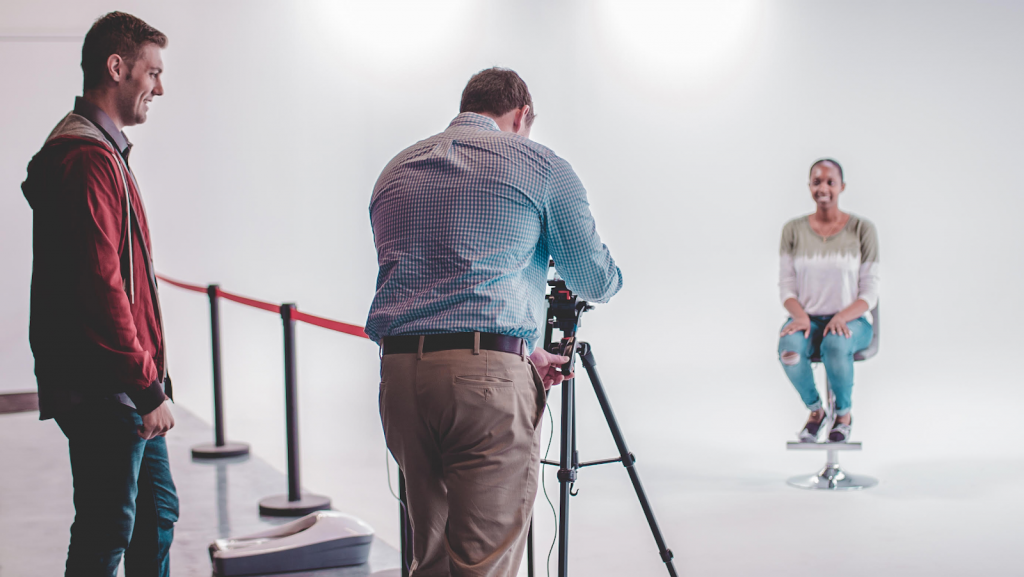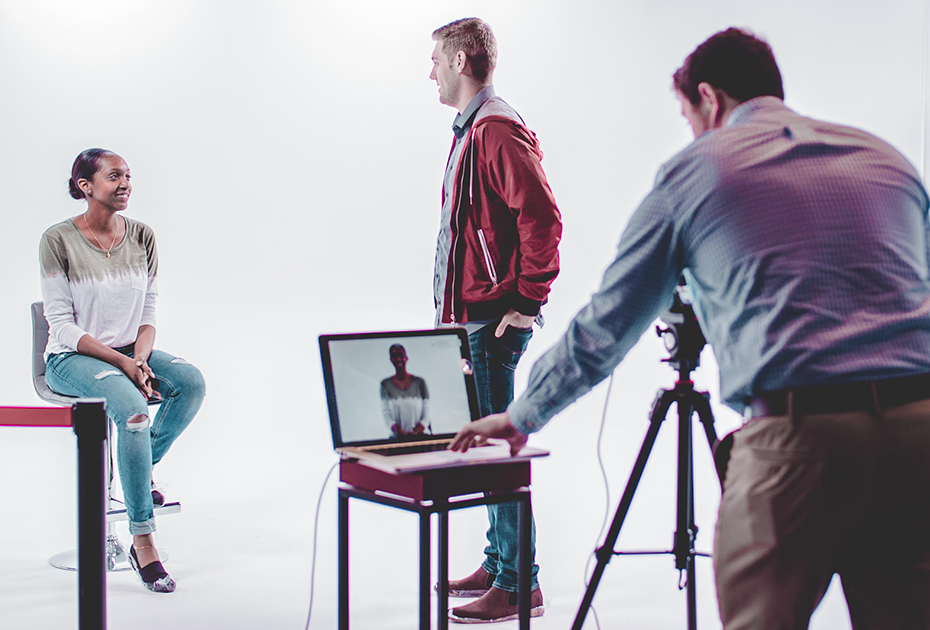At the beginning of 2018, we started our video department. As we have merged with Brandstar, this has proven to be the perfect time to create a new video department. New opportunities to create exciting video content were appearing everywhere and the opportunities were endless. Today, at our home studio in Deerfield Beach, we had an amazing opportunity to audition a group of very talented actors for a direct response commercial! We are going to take a look behind the camera and see what it takes to create a nationally syndicated advertisement. It may seem like an “easy” task to create a unique and engaging commercial, but there is so much more that goes into creating a nationally syndicated commercial.

The process begins with the initial pitch from one of our amazing clients; we discuss the goals and objectives for this project as a collaborative team, and we move on to the first phase in the creative process: “Brandstorming”. This is when our team brainstorms the first storyboard concept and the initial script draft for our new project. The project currently in production is for a product called “Buster’s Waterless Pet Shampoo”. Also known as the world’s best dry shampoo for dogs! Just as the name suggests, the shampoo is waterless and is comprised primarily of plant-based ingredients that promote the health of your favorite pet. The product is ensured to give dogs and their owners a splash-free and fun shampooing experience!
The second phase of the creative process is called “Pre-Re-Action”. This is where all of the pieces of the puzzle come together. Our team scouts out the perfect location, the actors, props, and even animals. Next, we select a camera crew, the equipment needed and decide on lighting for the shoot. Finally, we shoot the commercial!
The scheduled time frame for the entire project is two consecutive weeks. This includes everything from the beginning creative stage, the actual commercial shoot, to the end of production and distribution of the advertisement.
During the casting call, I had the opportunity to get to know the woman behind the camera: Paton’s very own cinematographer, Michelle!

Q & A with Michelle
a. What inspires you when you start a new production project?
“I like doing what I do. Ideas inspire me, other people’s work inspires me. If it’s a great project that captures my eye and I can get creative with the different angles and lighting for the project it makes it all come together. Other things that inspire me are watching other artists create their art, films, and videos. Another aspect I love about the production process is that I have the ability to control the visuals of a project and literally create the magic that unfolds on the screen. The reactions of others after seeing a finished product is the most rewarding part of the process.”
b. What is your favorite aspect of the production process/casting call?
“My favorite is the photography aspect; selecting the right equipment, the right camera, and perfecting the lighting to capture the images. I like creating content that incorporates different ideas and concepts and that makes the final product visually interesting and enjoyable to watch.”
c. What do you find is the most challenging aspect of the production process?
“Every production has the potential to be difficult. As a filmmaker, one thing that you need to be is a “fixer”. Regardless of how prepared you might be for a project, you need to be flexible at all times. The possibility of not knowing what could happen is constant. There are many challenges that arise but learning to deal with them is part of the whole process.

d. Can you elaborate more on the production process itself?
“Well, the first thing you need to create is an idea. Maybe you are a client who has an idea or needs to come up with an idea so you construct a concept and write down what are you trying to present and deliver that to the audience. The next step is creating a script, locking it down, creating a storyboard, and finding what you need for the shoot. You also need actors, animals, products, props, and the right crew to handle the project. Keeping that in mind, you have to know what the proper equipment is needed for the production from start to finish.”
Here are some quick steps that Michelle uses and you can use to help organize your own project and have a successful shoot.
- Manage the schedule, contracts, and paperwork that come along with the project.
- What you need to find: location, actors, animals, products or props, the right crew.
- Figure out what equipment is needed for the production
- Find actors. Actors can be found through word of mouth, websites, agents or talent recruitment sources.
- Create all visual aspects and tie them together, creating a shot list. Create a shot description with all of the tech details outlayed for the camera. Every project is created differently but if you have the right lighting a good shot can turn into an amazing shot.


Dwayne
Wow, fantastic blog structure! How long
have you been blogging for? you made running a blog look easy.
The whole glance of your web site is magnificent, let alone the content material!
You can see similar here najlepszy sklep